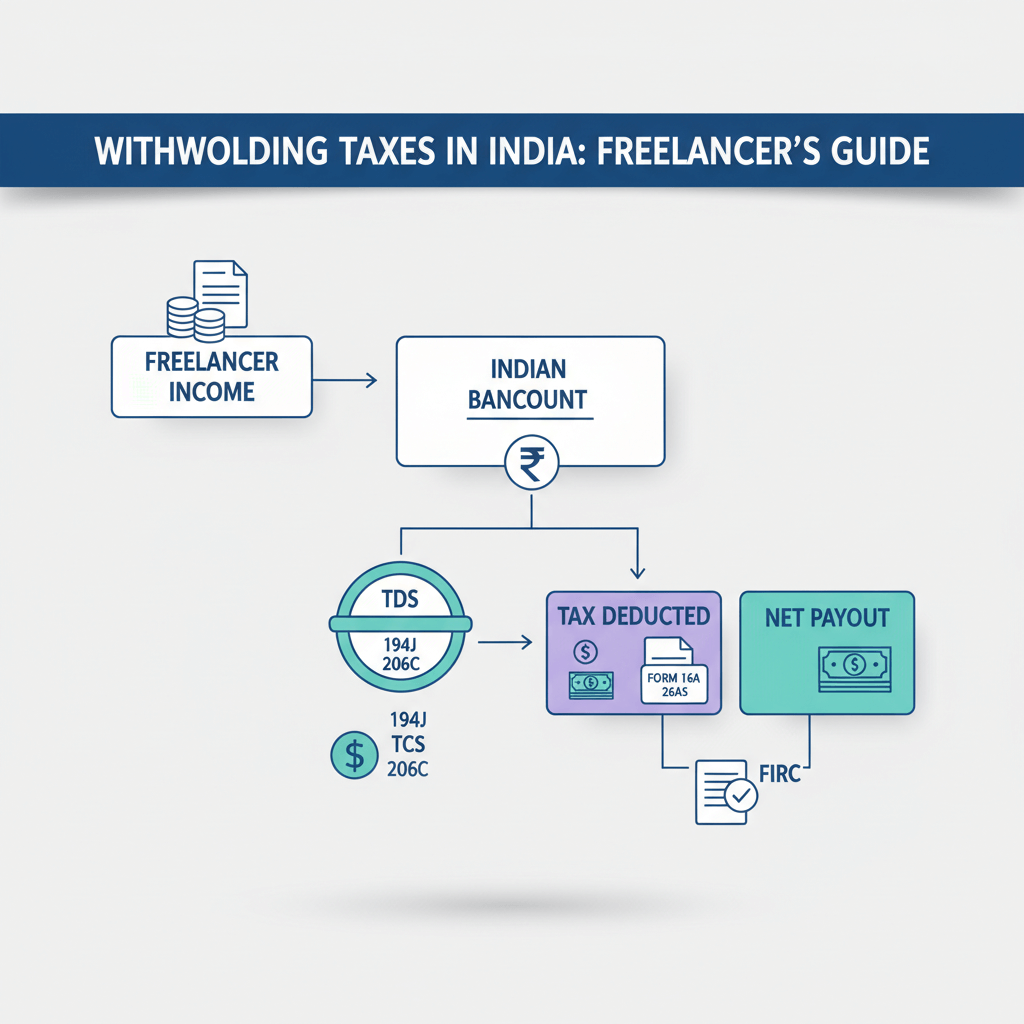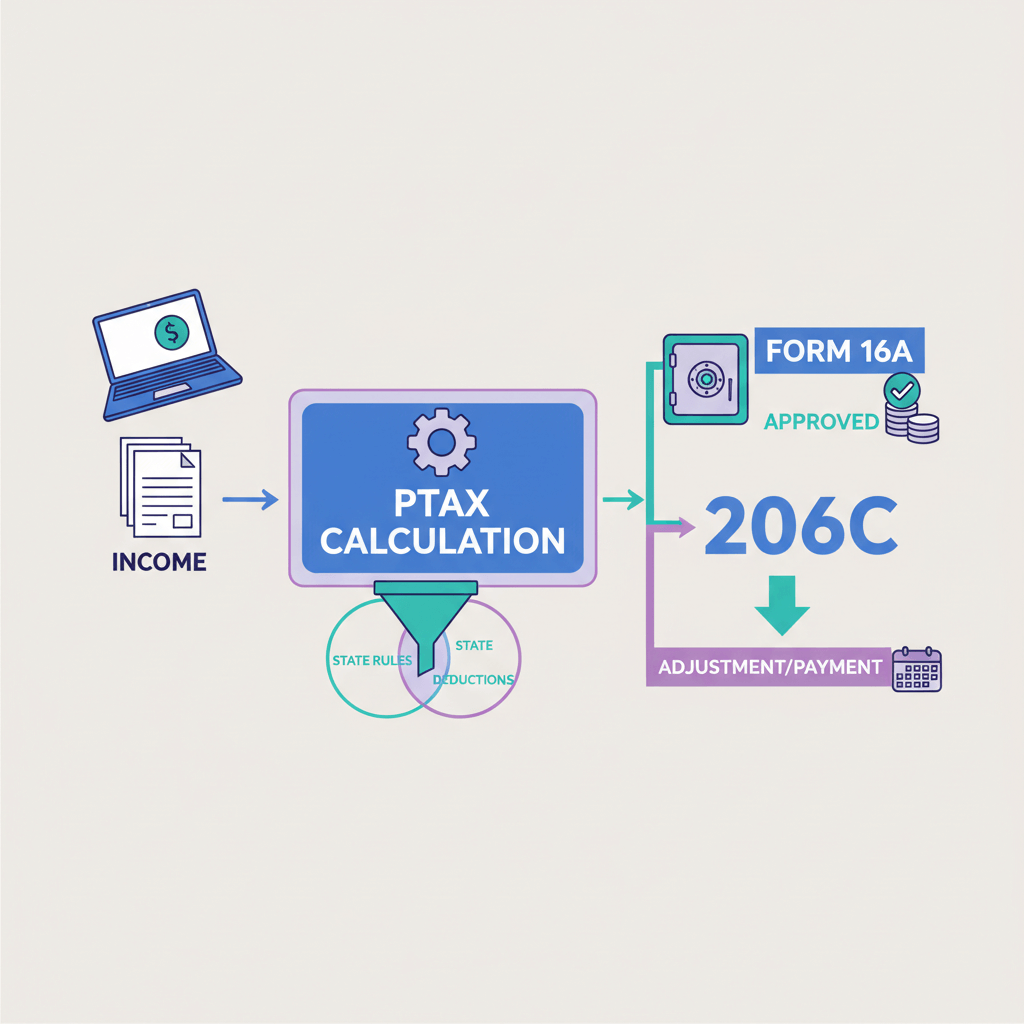#1 What is the IBAN system for international payments?
The International Bank Account Number (IBAN) system is a globally accepted method devised to uniquely identify bank accounts for international transactions, including outward remittances from India. Developed collaboratively by the International Organization for Standardization (ISO) and the European Committee for Banking Standards (ECBS), IBAN aims to streamline cross-border financial transfers and ensure that funds are routed accurately and securely across international borders.
Core Elements of the IBAN System:
- Structure: An IBAN typically comprises up to 34 alphanumeric characters. Its structure commonly includes:some text
- Country Code: A two-letter code signifying the country where the bank account is registered (e.g., DE for Germany, FR for France).
- Check Digits: These are two numbers incorporated to validate the accuracy of the IBAN and reduce the risk of input errors.
- Basic Bank Account Number (BBAN): The remaining portion of the IBAN, encompassing the domestic account number, branch identifier, and other pertinent details.
- Illustration: For instance, an IBAN for a bank account in Germany may appear as follows: DE89 3704 0044 0532 0130 00. Here:some text
- DE denotes the country code for Germany.
- 89 represents the check digit.
- 3704 0044 0532 0130 00 constitutes the BBAN.
- Purpose: The primary objective of the IBAN system is to facilitate accurate and expedited processing of international transactions by ensuring precise routing of funds to the intended recipient's account.
- Utilization: IBANs find extensive applications across Europe and various other regions globally. They are commonly employed by banks in countries participating in the Single Euro Payments Area (SEPA) for both domestic and international fund transfers.
Advantages of the IBAN System:
- Standardization: Offers a standardized format recognized worldwide, enabling easy identification and validation of bank accounts across different nations.
- Error Mitigation: Incorporates check digits to minimize data entry errors, thereby reducing transaction failures.
- Enhanced Efficiency: Streamlines international money transfers, fostering swifter and more dependable cross-border financial transactions.
#2 What is IBAN in India?
In India, the banking system operates without integrating the International Bank Account Number (IBAN) system. Instead, alternative methods are employed to identify and manage financial transactions, both within the country and internationally, including outward remittance from India.
Key identifiers within the Indian banking system include:
- IFSC (Indian Financial System Code): Each branch of a bank in India is assigned a unique 11-character alphanumeric code known as the IFSC. Managed and regulated by the Reserve Bank of India (RBI), IFSC codes are crucial for facilitating electronic fund transfers within India, including services such as NEFT (National Electronic Funds Transfer), RTGS (Real-Time Gross Settlement), and IMPS (Immediate Payment Service).
- SWIFT/BIC Code: For international transactions, Indian banks utilize the SWIFT (Society for Worldwide Interbank Financial Telecommunication) network. SWIFT codes, also known as BIC (Bank Identifier Code) or SWIFT-BIC, provide distinctive identification for banks or financial institutions globally. These codes play a vital role in facilitating communication between banks and enabling the seamless execution of international fund transfers.
- Account Number: Each bank account in India is allocated a unique account number by the respective bank. This account number, when paired with the IFSC for domestic transactions or SWIFT/BIC for international transactions, serves as the primary reference for accurately routing funds.
#3 How to create a local IBAN?
Creating a local IBAN (International Bank Account Number) typically involves initiating the process by opening a bank account in the specific country where the IBAN is required. Here's a general guide on how to proceed:
Choose a Bank:
- Start by looking for a bank that works in the country where you need the local IBAN.
Visit the Bank:
- Go to a branch in person or use the bank's website to begin opening your account.
Fill Out Forms:
- Complete the application forms the bank gives you. These forms usually ask for your full name, contact information, date of birth, and job.
Deposit Money:
- You might need to put some money in your new account to start it. The amount can be different for each bank.
Get Your Account Details:
- Once your account is open, the bank will give you your account number and IBAN. This IBAN is made by the bank following the country's rules.
Use Your IBAN:
- With your IBAN, you can receive money, make transfers, and manage your finances both in your country and internationally, depending on the bank’s services.
#4 What is the difference between IBAN and local IBAN?
#5 Can I use local IBAN for local transfer?
Yes, you can typically use a local IBAN for local transfers within the same country or region. Local IBANs are designed for domestic transactions and are recognized by banks within the country of issuance. Therefore, they are suitable for transferring funds domestically, paying bills, making purchases, and other local financial transactions.
#6 How do I find my local IBAN?
- Contact Your Bank: Reach out to your bank's customer service or visit a branch to inquire about your local IBAN. Provide your account details, and they'll furnish you with the necessary information.
- Check Bank Statements: Your local IBAN might be listed on your bank statements, especially for international transactions or if your bank provides comprehensive account details.
- Review Bank Documents: Review any account opening documents or paperwork provided by your bank. Your local IBAN may be included in these documents.
If you're unable to locate your local IBAN using these methods, contacting your bank directly is recommended.
#7 Are IBANs and IFSC codes the same?
IBANs (International Bank Account Numbers) and IFSC (Indian Financial System Code) codes serve similar purposes but are not the same.
#8 Is IBAN the same as SWIFT?
No. IBAN and SWIFT are not the same. Their differences are listed as follows:-
- IBAN (International Bank Account Number):some text
- What it does: Helps identify bank accounts for international transactions.
- How it's made: A long code with letters and numbers including country code and account info.
- SWIFT (Society for Worldwide Interbank Financial Telecommunication):some text
- What it does: Network for secure messages between banks.
- How it works: Banks get unique codes (SWIFT/BIC) to identify them.
- When it's used: Important for sending messages between banks, especially for international transfers.











